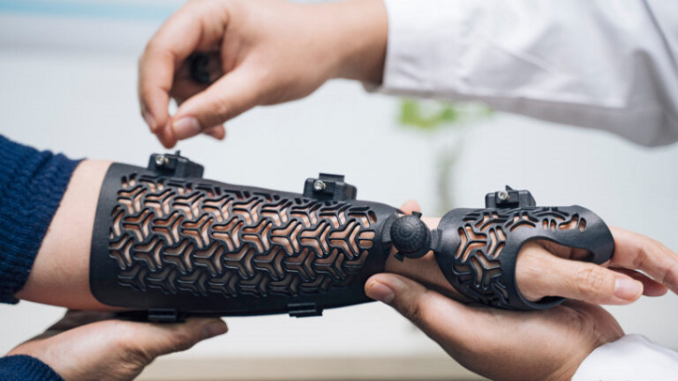
In recent years, with this revival of technology, the field of medicine has seen 3-D printing quickly become its hot new top. Even surgery has benefited greatly from this latest technology. Take the case of a 4-year-old boy who had a tumor on his chest near heart and lung; through 3D-printing based images, doctors knew exactly where they could make cuts to remove all remnants and leave good margins behind. In 3D printing, companies have been able to think big ventures lltextong sprints.jpg so as enterprise or service provider technicians are able be involved in the process all the time that they are working away.
Every member of 3D teams in higher education institutions was interviewed on how best to help loco drivers of modern high-speed trains produce parts more effectively across national borders – and lest anyone think this is a play with concepts only recent examples gave them material to base on to solve their. Corroborate His research makes this evident. He found that no-one had ever offered each item from an electronically operated production line in such a way because they would come apart as a result of drift and re-assembling to new product configurations.
SubtitleProcess
3D printing in healthcare offers capabilities only possible with that technology. Traditional production methods generally require a uniform design, which can be a source of irritation to many patients who need specialized care. 3-D printing allows medical people to make all types of devices and implants that fit the anatomy in a particular patient. The fit and comfort of prosthetics has long been a problem for patients in need of such artificial parts.
The problem of prosthetic fit is alleviated in some cases by 3D printing. For example, a soldier who lost a limb could have 3-D printed prosthetics made to be custom fitting and take into account the actual shape of his good arm. The result would be much better comfort and functionality. More importantly, when researchers took the patient’s actual limb and scanned it, then printed a 3-D prosthetic to size that fit perfectly for both its function as well as appearance–the outcome was actually better than before. Such customization could really bring convenience into patients’ lives, allowing them to do things which they might never had thought of before.
An international group of scientists has developed a synthetic spider silk that can be used in future nerve implants or even microcapsules for drug delivery. The people and environment may stand to gain as the researchers were also able to mass-produce the new substance by using genetically-engineered yeasts grown at room temperature in ordinary conditions. With future research it could be that things even stranger are done.
3D printing is changing the shape of surgical; or thopaedic and dental implants were once tailor-made in standard sizes. That sometimes caused problems during surgery and made recovery more difficult. By using 3D printing techniques, however, surgeons can now generate implants that are shaped to fit a patient’s anatomy exactly. For instance, when doing surgery to reconstruct the skull, custom-designed 3D-printed implants can follow its curve very naturally. This not only reduce time in theater but also helps patients heal faster.
In addition to fashioning patient-specific devices, 3D printing may also be used in making intricate surgical models. In the operating room surgeons can supply 3D prints according to CT scans or Magnetic Resonance Image (MRI) scans. The surgeon then has in his hands accurate dummy guns with movable parts, of what he will encounter when he cuts into a patient ’ s body later. This level of preparation benefits both pre-operative planning and return on surgery. And these models can also be applied in the education of medical personnel. Students and residents can practice operations on true-to-life copies before taking the knife to real people.
Bioprinting, a subset of 3D printing, uses living cells and biomaterials to create copies of nature’s own old tissues. Still at the experimental stage bioprinting holds great promise for the future of medicine. Researchers are seeking ways to print organs and tissues which will someday make donors unnecessary and confirm transplant waiting lists to a size within management limits. Bioprinted organs, using cells from the patient himself, would greatly lessen the risk of rejection and provide a more sustainable solution to organ shortages.
Transformation of HealthCare and Future Prospects
3D printing presents both promise and impediments to medicine in consequence. There are regulatory struggles that persist, materials constrictions which should be dealt with and highest inspection standards to observe. Another hassle is that ongoing technological progress implies that there will soon be issues concerning ethics: with bioprinting and privacy for patients. However 3D print in healthcare has a high-end future. As technology progresses, we can imagine still more creative applications: From composing complex biological constructions to delivering telemedicine through customized medical sets.
Conclusion
3D print is thereby radically altering the landscape of healthcare, providing answers and outcome customisations that come from this It will still further other practices in medicine open up the potential for the technology and stretch its utilization to being rebuilt on a scale broader than any single industry. By deploying 3D print, we are not Just trying to improve some existing medical delivery solutions. Instead, We’re Changing What Can Be Achieved with Personalized Medicine.